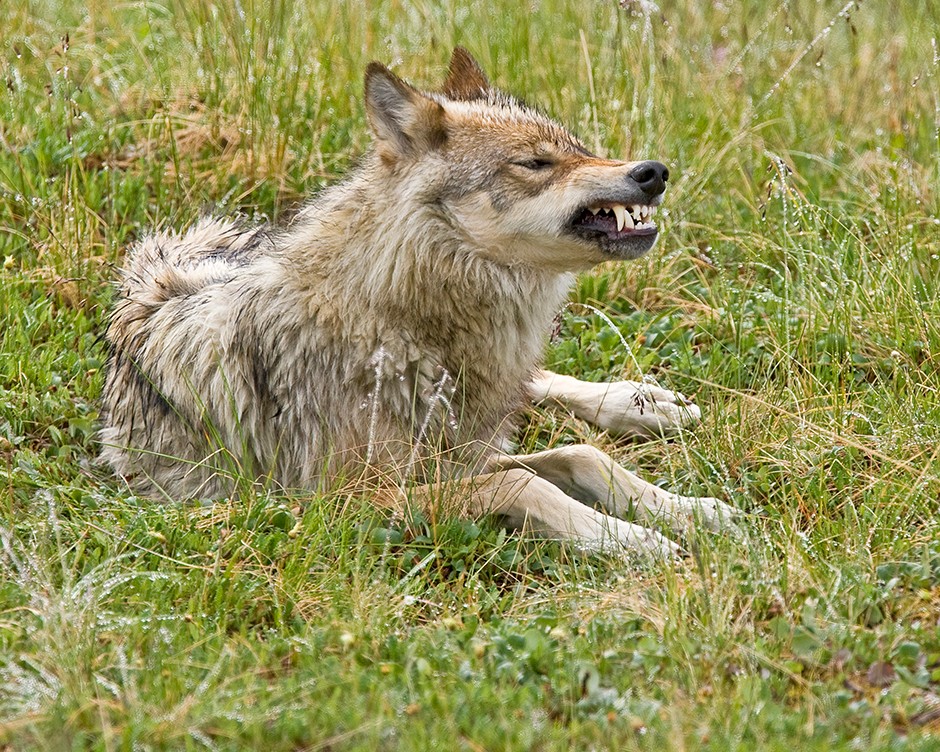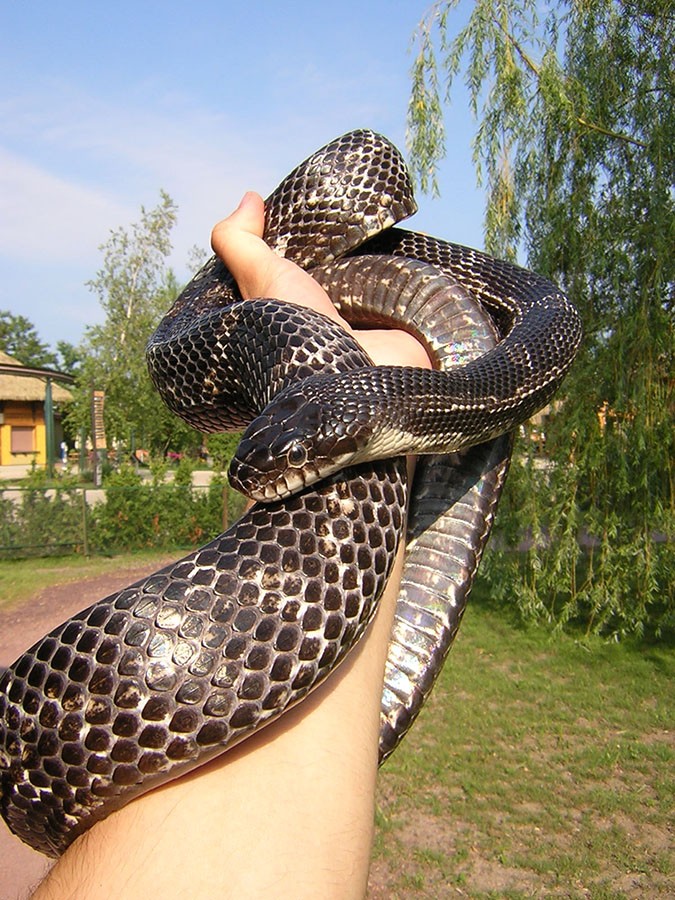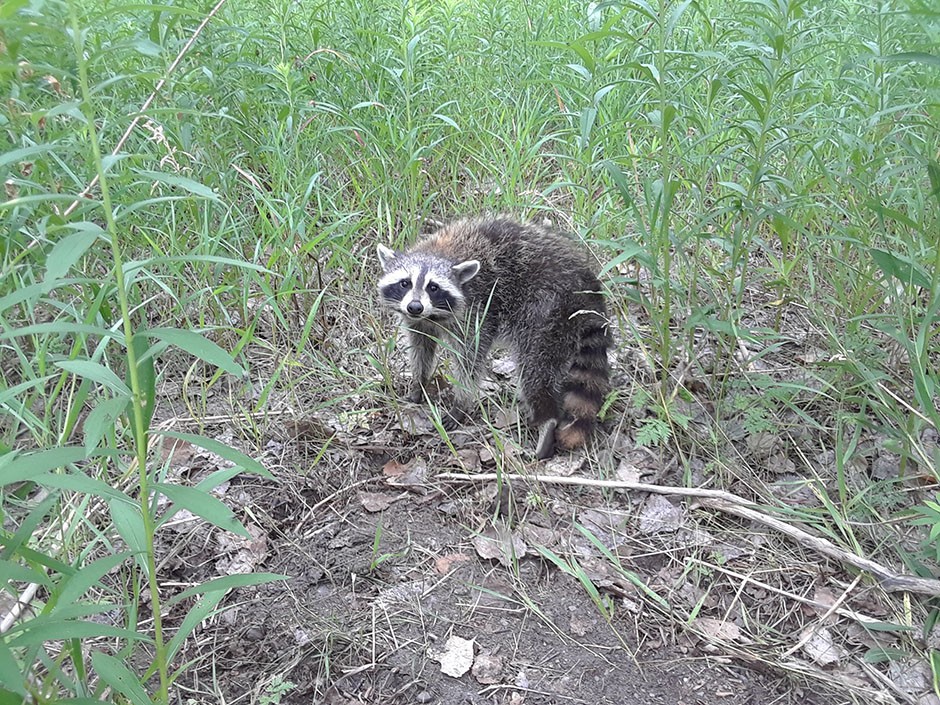Nuisance animals have a more nuanced relationship with humans. Raccoons, pigeons, and squirrels have their share of supporters. People feed them and will go great lengths to rescue them when they are in danger. Some even keep them as pets!
Others can’t tolerate them and get annoyed by their presence and mischievous acts. Nevertheless, an individual animal is considered a nuisance through no fault of its own! These species are intelligent and are taking advantage of the resources at their disposal. Nuisance from wildlife is mainly a consequence of careless human behaviour such as improper waste disposal and feeding in public parks. This can be controlled through regulations, public outreach and education. Don’t forget, urban spaces are built on former natural habitat, pushing wildlife to the periphery, and forcing them to go through populated areas to respond to their needs (foraging, migration, reproduction, etc.).
Education and outreach are long-term efforts aimed at changing attitudes towards unloved species. Myths, traditions and unreliable news perpetuate our negative feelings towards these animals. Parental attitudes can also influence a child’s response to animals. As a parent, you do not have to pretend you absolutely love all wildlife, but a sober reaction in the face of a loathed species will teach them to be calm and confident when exposed to such animals and to respect all forms of life.
The next time you experience a negative feeling in the presence of an animal, take a minute to understand where it comes from. Moreover, remember that every single species has a vital role to play in the web of life. For this reason alone, these animals deserve our respect.


 Credit: Brock Fenton
Credit: Brock Fenton
 Credit: NPS Photo/Ken Conger
Credit: NPS Photo/Ken Conger
 Credit: Louis Lazure
Credit: Louis Lazure
 Credit: Louis Lazure
Credit: Louis Lazure
